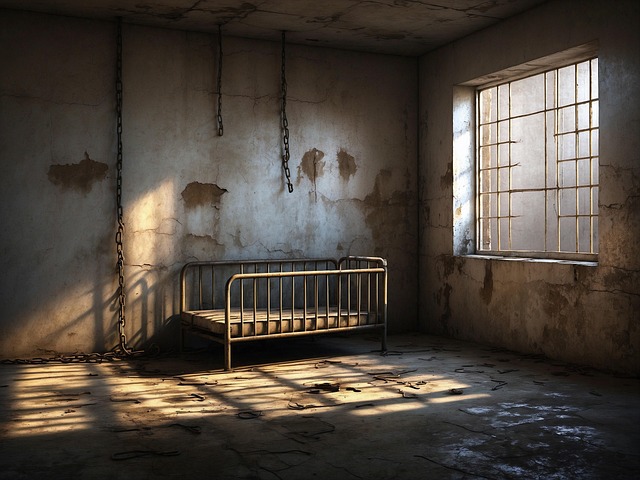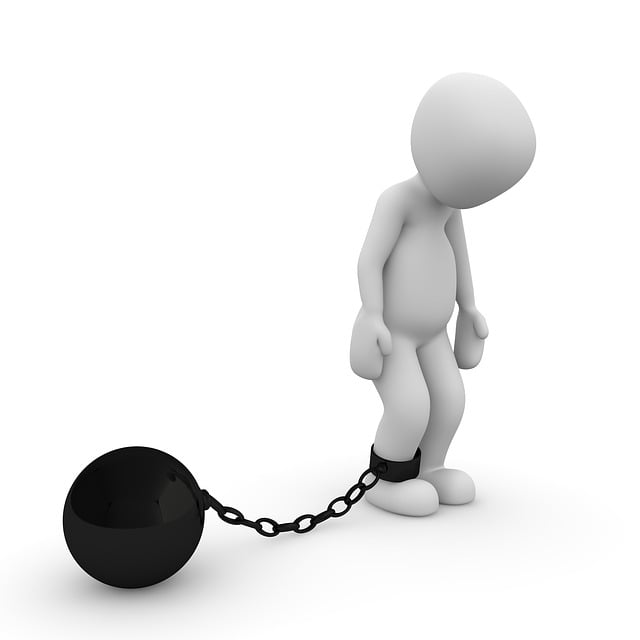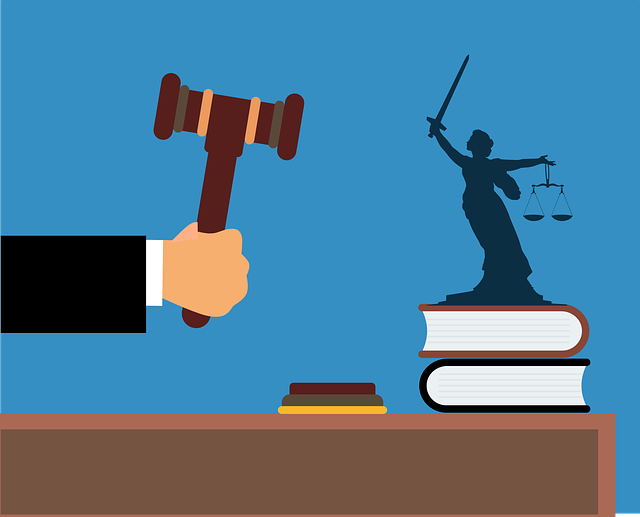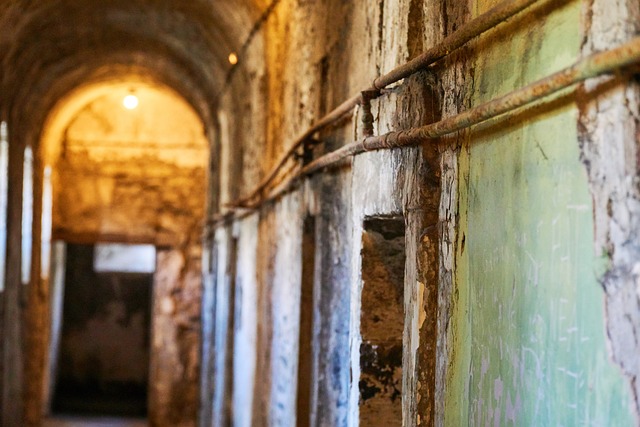Youth Justice and Fair Treatment are interconnected, demanding societal and legal shifts towards minor offenders. Harsh sentencing marginalizes young people, so focusing on education, rehabilitation, and guidance is crucial. In Property Damage Liability in DUIs, addressing financial burdens and legal repercussions through comprehensive support systems is vital. Youth justice disparities, particularly affecting minorities, require innovative strategies like diverse rehab programs, skills training, and mental health support. Restorative justice practices can reduce recidivism and promote positive outcomes. Comprehensive approaches, reevaluating consequences, restorative measures, and alternative sentencing are needed to ensure fair treatment for all youth, disrupting incarceration cycles, especially in cases like Property Damage Liability in DUIs.
“In the pursuit of a just and equitable society, understanding youth justice and fair treatment is paramount. This article delves into these pivotal concepts, exploring their role in reshaping legal systems. We analyze the specific impact of property damage liabilities in DUI cases on young offenders, uncovering disparities and proposing strategies for reform. By examining these issues, we aim to foster a brighter future, ensuring that youth are treated fairly within the justice system, particularly regarding alcohol-related incidents with subsequent property damage.”
- Understanding Youth Justice and Fair Treatment: A Foundation for Change
- The Impact of Property Damage in DUI Cases on Young Offenders
- Addressing Disparities: Strategies for Ensuring Equitable Outcomes
- Moving Forward: Reforming Systems for a Brighter Future
Understanding Youth Justice and Fair Treatment: A Foundation for Change

Youth Justice and Fair Treatment are intertwined concepts that demand a profound shift in societal perceptions and legal systems, especially when it comes to minors entangled in the criminal justice process. Understanding this dynamic is pivotal for fostering positive change and ensuring a more equitable future. The current narrative often paints a picture of harsh penalties and stiff sentences for young offenders, which can perpetuate a cycle of marginalization and resentment.
However, by recognizing that youth are still developing individuals with unique needs and potential for rehabilitation, we can redirect our approach. This involves reevaluating how we handle cases like Property Damage Liability in DUIs (Drunk Driving Under Influence) involving teenagers. Instead of solely focusing on punishment, we should aim to educate, rehabilitate, and guide them towards responsible adulthood. Such an approach not only addresses the immediate offense but also tackles underlying issues that may have contributed to their decision-making.
The Impact of Property Damage in DUI Cases on Young Offenders

In many DUI cases involving young offenders, one significant factor that often comes into play is property damage liability. When a young person is accused of driving under the influence and is found to have caused damage to someone else’s property—whether it’s a car crash into a fence, a collision with another vehicle, or any other form of destruction—it can have profound implications for their youth justice experience. The financial burden of repairing or replacing damaged property can weigh heavily on young offenders and their families, potentially leading to long-term economic consequences that impact their future prospects.
Moreover, property damage liability in DUI cases can also affect the sentencing process and rehabilitation efforts. Courts often consider the extent of the damage caused as a factor when determining sentences, which may include fines, community service, or even jail time. Additionally, young offenders with significant property damage liability might face challenges in their rehabilitation programs, as they could be required to make restitution, adding another layer of stress and financial strain to an already challenging situation. This aspect underscores the need for comprehensive support systems that address both the legal and personal repercussions of such incidents.
Addressing Disparities: Strategies for Ensuring Equitable Outcomes

Addressing disparities in youth justice is paramount for achieving fair treatment and equitable outcomes. Studies have shown that minority youth often face harsher sentencing, higher rates of incarceration, and systemic barriers that impede their reintegration into society. To rectify this, innovative strategies must be employed. One such approach involves diversifying the range of rehabilitation programs available to young offenders, focusing on skills training, education, and mental health support tailored to individual needs.
Additionally, addressing specific issues like Property Damage Liability in DUIs can significantly reduce disparities. By implementing restorative justice practices, which emphasize accountability and repair rather than punishment, communities can foster a culture of responsibility. This approach not only addresses the immediate impact of delinquent behavior but also helps young people develop a sense of empathy, reducing recidivism rates and promoting positive long-term outcomes.
Moving Forward: Reforming Systems for a Brighter Future

As we look ahead, it’s crucial to recognize that achieving fair treatment within youth justice systems is an ongoing journey. The path forward requires a comprehensive approach, addressing historical inequities and biases that have disproportionately affected young people, especially those from marginalized communities. One significant aspect of this reform is reevaluating the consequences and support mechanisms in place for juvenile offenders, ensuring that their second chances are meaningful and restorative.
Reforming systems involves a careful consideration of alternative sentencing options, such as diversion programs and restorative justice practices, which can effectively reduce recidivism rates. Additionally, there’s an urgent need to address specific issues like the overrepresentation of youth of color in the criminal justice system. Implementing evidence-based strategies that focus on education, skill development, and addressing underlying social factors can disrupt the cycle of incarceration and promote a brighter future for all young people, even those facing Property Damage Liability in DUIs or other complex cases.
In navigating the complex landscape of youth justice, addressing disparities and promoting fair treatment are essential components of fostering a brighter future. As discussed, property damage liability in DUI cases significantly impacts young offenders, highlighting the need for reform. By understanding the foundational principles of justice and implementing strategic interventions, we can revolutionize systems to ensure equitable outcomes. Moving forward, it’s imperative to embrace innovative solutions that address historical inequities, ultimately creating a more just and promising future for all youth.






